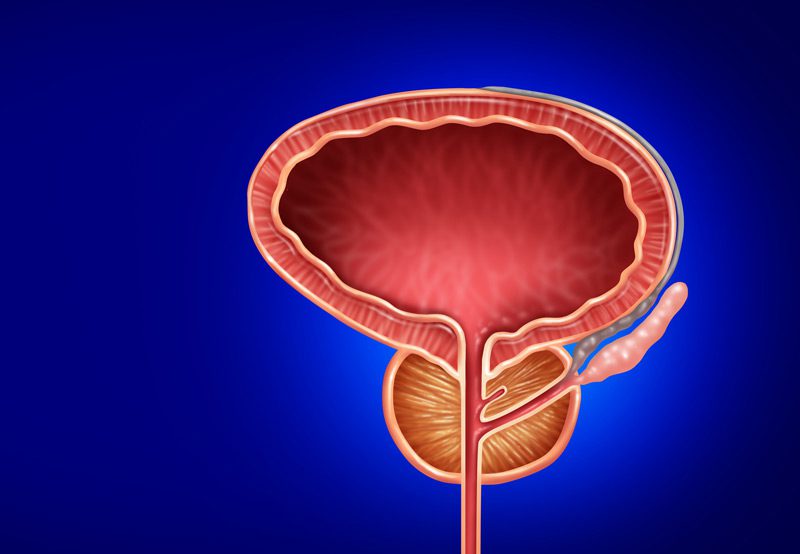

Bladder stones are hard mineral deposits that form in the bladder, often as a result of incomplete bladder emptying or underlying urologic conditions. While small stones may pass unnoticed, larger or multiple stones can cause pain, urinary symptoms, and long-term complications if left untreated. Bladder stones are distinct from kidney stones and typically form in response to stagnant urine, infection, or foreign bodies in the bladder.
Symptoms of Bladder Stones
Symptoms can range from mild to severe depending on the size, number, and location of the stones. Common signs include:
- Lower abdominal pain or pressure
- Painful urination (dysuria)
- Frequent urination, especially at night (nocturia)
- Difficulty starting urination or a weak urine stream
- Blood in the urine (hematuria)
- Cloudy or foul-smelling urine
- Intermittent interruption of urine flow
In some cases, bladder stones may cause recurrent urinary tract infections or be discovered during evaluation for other urologic issues.

Causes and Risk Factors
Bladder stones often develop when the bladder does not fully empty. Risk factors include:
- Benign Prostatic Hyperplasia (BPH): Enlarged prostate obstructs urine flow
- Bladder outlet obstruction: From urethral strictures or neurogenic bladder
- Foreign bodies: Such as long-term catheters or surgical mesh
- Urinary tract infections: Especially those that increase urine pH
- Bladder diverticula: Outpouchings of the bladder wall that trap urine
- Dehydration: Concentrated urine increases the risk of crystallization
Bladder stones are more common in men and tend to occur with increasing age, especially in those with prostate or neurological conditions affecting the bladder.
Diagnosis
A combination of imaging and urine tests helps confirm the presence and cause of bladder stones. Diagnostic tools may include:
- Urinalysis: To detect blood, crystals, or signs of infection
- Bladder ultrasound: A non-invasive way to detect stones and measure bladder volume
- CT scan: Provides detailed visualization of the bladder and stones
- Cystoscopy: Direct visualization using a small camera inserted into the bladder
Treatment Options
The approach to treatment depends on the size and number of stones, as well as underlying causes. Options include:
- Cystolitholapaxy: The most common treatment, in which a scope is used to fragment stones with a laser or mechanical device for removal
- Percutaneous removal: A minimally invasive option for larger stones
- Open surgery: Rarely needed but may be considered if stones are unusually large or if other surgical corrections (e.g., prostate surgery) are needed concurrently
- Antibiotics: Prescribed if infection is present
- Treatment of underlying cause: Such as addressing BPH, removing foreign bodies, or managing bladder dysfunction to prevent recurrence
Next Steps
Bladder stones should not be ignored, as they can lead to repeated infections, bladder wall thickening, and even kidney damage over time. If you are experiencing urinary symptoms or have risk factors for bladder stones, consult a urologist for a full evaluation and personalized treatment plan. Early intervention can relieve discomfort and prevent future complications.
